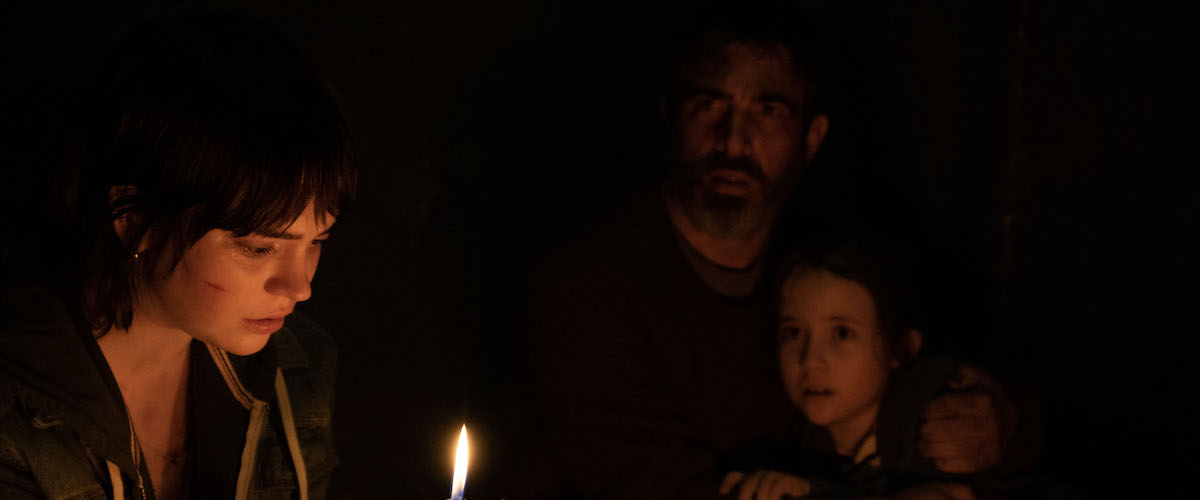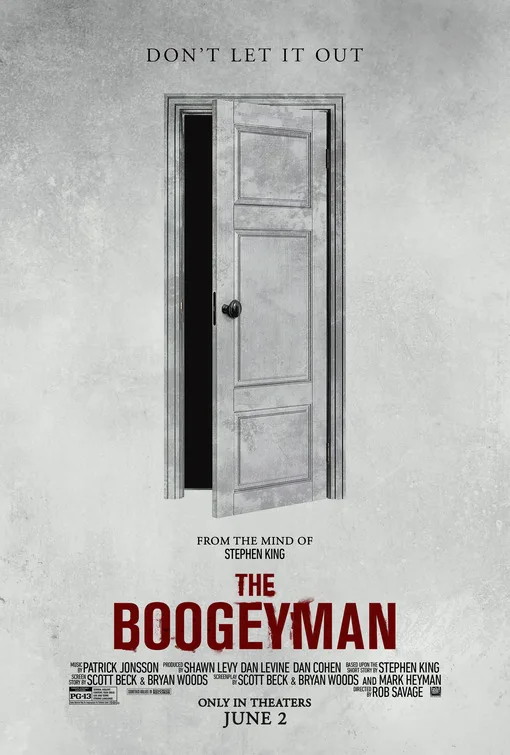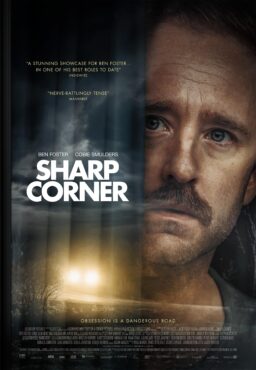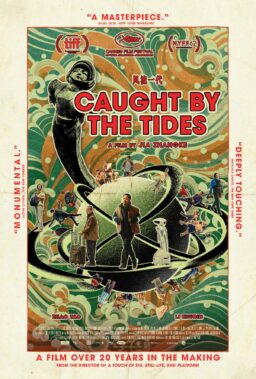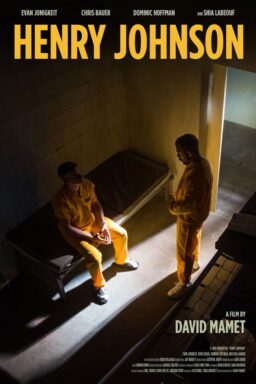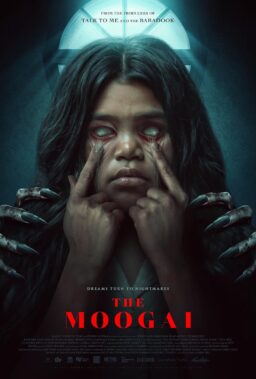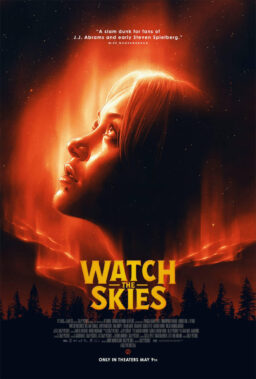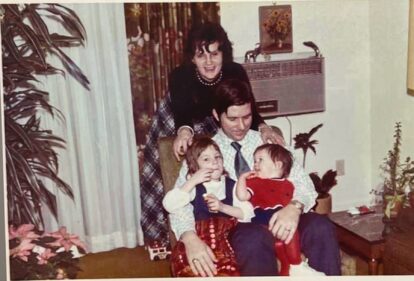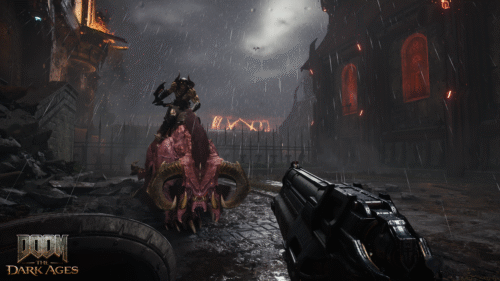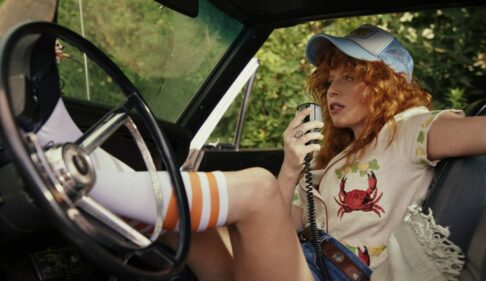Rob Savage has proven twice that he can aim higher than “The Boogeyman,” an emotionally numbing horror movie and counter-intuitive self-challenge to make PG-13 horror scary. The filmmaker’s previous ventures—“Host,” about a haunted Zoom seance, and “Dashcam,” about a rapping anti-vaxxer’s live-streamed descent into hell—led with innovation and provocation. They’re as current as a WiFi signal and in turn, helped push horror forward. Primed to be this June’s Horror Movie of the Month, “The Boogeyman” is packed with familiar beats and little personality, the horror equivalent of a rising music star making a fan-friendly Christmas album as their biggest project yet.
To be fair, it’s not the best source. When “The Boogeyman” short story came from “The Mind of Stephen King,” as this movie’s poster boasts, the mythic creature was stretched into a broad embodiment of fear and paranoia, conveyed in a two-person conversation and capped with a cheesy twist. Now, adapted here by “A Quiet Place” writers Scott Beck & Bryan Woods, and Mark Heyman, the dark-loving, door-bursting, child-terrorizing night monster’s significance is even broader with the significance of loss.
Savage has thrown together a wonky seance for PG-13 horror movies from over a decade ago, with the smothering self-seriousness of recent “elevated horror” debates intact. It’s both soft around the edges from its reliance on peek-a-boo jump scares and also so deadset on being the latest gut-wrenching story about grief, this time dragging a therapist father, Chris Messina’s Dr. Will Harper, and his two daughters, Sadie (Sophie Thatcher) and the younger Sawyer (Vivien Lyra Blair) through the murk. The family’s mother passed away a year ago in a car accident.
We sense the grief in the home’s stark atmosphere and the craven blacks and browns from production designer Jeremy Woodward and cinematographer Eli Born that make darkness prevalent even in the daytime. But “The Boogeyman” does not have the emotional tact to make us feel such vital sorrow, only pity for the sisters (Thatcher, giving an excellent genre performance, is our lifeline not to lose interest entirely). Instead, in between some decent flashbang sequences where the girls are terrorized at night by something we only see in brief moments, we are stuck with a dour tone that numbs us and makes the film feel much longer than it is.
The Boogeyman enters the Harpers’ hollowed-out and extra creaky home in the form of Lester (from the short story), played here by David Dastmalchian at his most cryptic and also as a type of character development shorthand. After sharing a gruesome tale about the death of his children and a strong monster, he sneaks away and hangs himself in the dead mother’s art closet, planting the monster in their home.
Lester’s suicide is just another death in the Harper world, and like the loss of Will’s wife and the children’s mother, he doesn’t really want to talk about it. In ways both proverbial and literal, Sadie and Sawyer are left in the dark. Sadie is a vulnerable loner and wears one of her mother’s dresses to school only for a bully to smash food all over it; Sawyer is so timid that she sleeps with a giant light ball. Both of them just want some inner peace, which is disrupted by aggressive bumps in the night and closet doors that suddenly burst open or slam shut.
Savage likely got the job to direct “The Boogeyman” from how he previously used negative space and points-of-view, whether it’s the darkness behind someone on a candle-lit Zoom call or the fuzzy image of a figure standing in the middle of the road, waiting for a camera’s focus to adjust. There are only such passing thrills in this movie, which has a formulaic approach to scares that rely greatly on sound mixing, false alarms, and kids in danger. In the film’s first half, it makes for a sometimes uneasy—but hardly scary—atmosphere. The use of spare light and sound is its most clever facet, like when Sawyer tumbles her big light ball into the unknown down the hallway, hoping she isn’t right about what’s on the other side.
Throughout this modern-set story, Savage’s technological sense is curiously neglected. For all the talk about how the Boogeyman hates light, the script more or less ignores the handiness that a cell phone flashlight could have in thwarting its creature or inspiring more clever screenwriting. Such an omission becomes glaring as the monster’s terror loses its scant power over us later on. To put it in Stephen King-speak, isn’t Pennywise from “It” much more frightening as a clown in the distance than a giant spider up close? Savage’s “The Boogeyman” is a dated pest control saga in need of an update.
Available in theaters on June 2nd.

